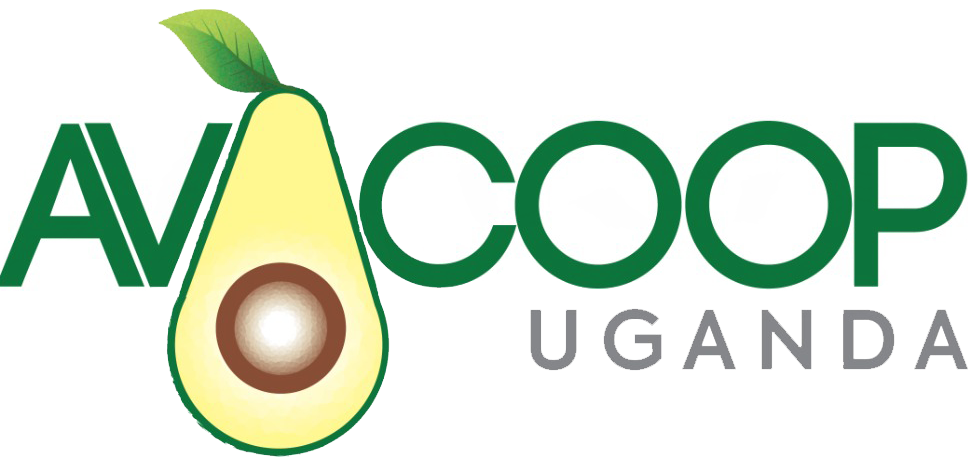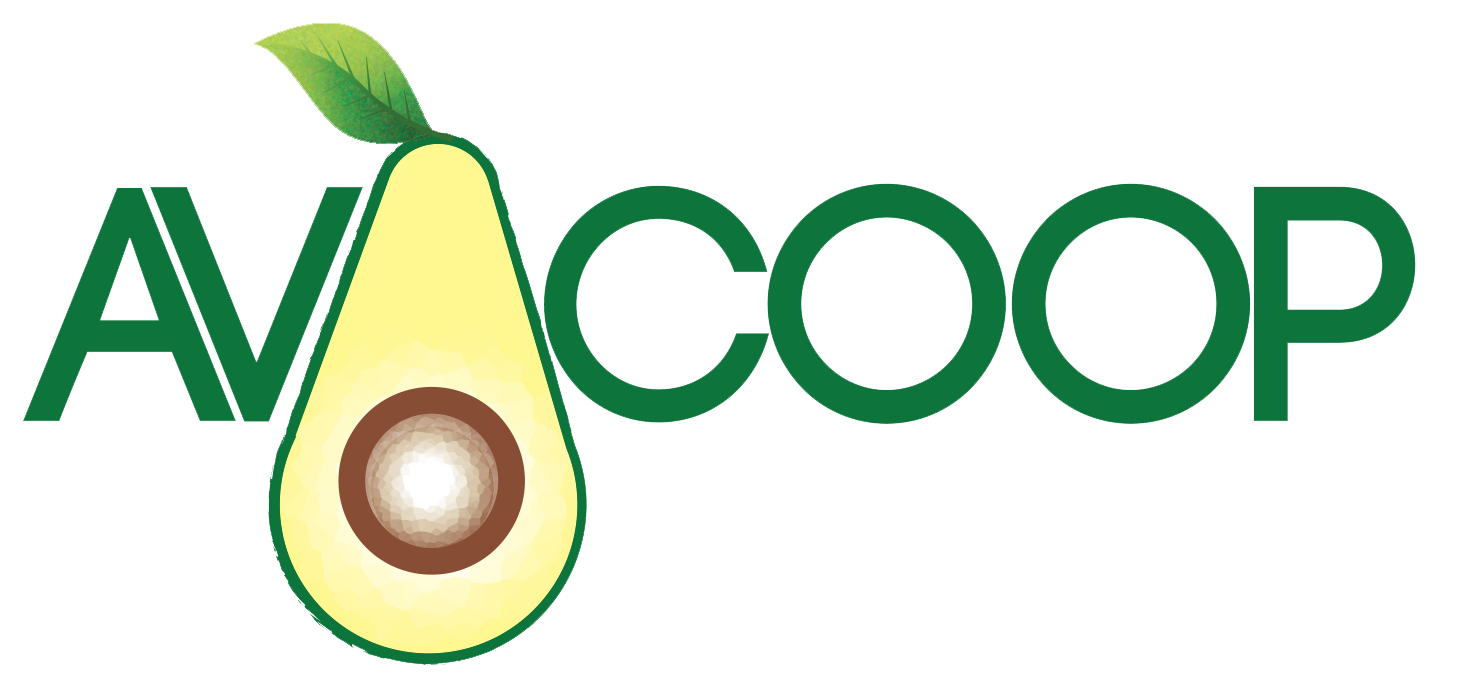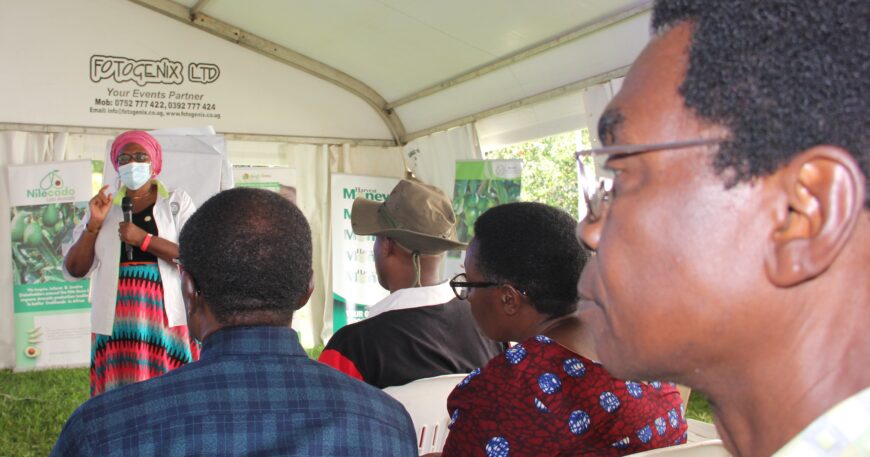By Alfred Geresom Musamali March 12th, 2023 Photos by Alfred Geresom Musamali*
The Uganda National Avocado Cooperative (AvoCoop) Union has welcomed an initiative by the National Agricultural Advisory Services (NAADS) to subsidise the prices of Hass avocado and other non-traditiional high value crops by 70%. Other non-traditiional high value crops are cashew and macadamia nuts. NAADS announced during the Harvest Money Expo held in Kololo, Kampala, Uganda, that interested farmers will now only have to meet 30% of the cost of the seedlings.
NAADS, a semi-autonomous agency under the Ministry of Agriculture, Animal Industry and Fisheries (MAAIF), has also extended a subsidy to farmers to acquire equipment for irrigation.
Uganda AvoCoop Union acting Chairman Patrick David Kaija said, “Uganda is an agricultural economy, and government has practically demonstrated the fact by extending a 70% subsidy on seedlings for three critical crops. This is a great move, and farmers need to welcome it with commitment to go plant and tender the crop.
The subsidy is to be extended through the nucleus farmers with whom NAADS has signed a Memorandum of Understanding. Patrick Kaija said, “Look out for the nucleus farmer in your area with relevant questions and passion to grow through production. The ball is with the farmer”.
He said, “Government has gone an extra mile to support establishment of irrigation systems on a cost share model. A maximum of Ugx 7.2m/= per acre has been made available, and farmers need to take advantage of these projects.
“Make effort to reach out to your sub-County agricultural extension officers, ready to contribute your 25% for irrigation equipment”.
Patrick Kaija said the Parish Development Model (PDM) is another important initiative by government to empower production. The PDM is a policy framework through which the Government of Uganda (GoU) seeks to empower grassroot communities with seed capital to invest in ventures of their choice, create employment and reduce poverty. Under the framework, communities at the Parish (which is the lowest administrative unit) are availed UGX100 million (about US$30,000) annually. Patrick Kaija urged farmers to get interested in finding out how to benefit from the PDM to establish, expand or improve in other ways their avocado orchards.
“The PDM programme promises to bring skilled personnel closer to the grassroot, seek them out,” he said.
Patrick Kaija said, “Developing a good Hass Avocado orchard takes a lot more than just seedlings. While farmers must and indeed do greatly appreciate government support as detailed above particularly with seedlings, there remains the critical management and requirement to observe Generally Acceptable Agricultural Practices (GAAP) for quality results,” he said.
“Get interested to learn what these entail, and commit to comply for assurance of international market access,” he added.
He said the soil on chosen land for the orchard must be properly analysed, and measures taken to balance nutrients for optimum production.
“Consulting a soil scientist is a critical foundational step if one is to achieve desired results. Make the necessary input of time to seek counsel for improved returns. Every type of soil can be managed to increase production,” said the cooperator.
“Your land must be properly landscaped and well prepared to avoid erosion and flooding. Guidance of an agriculturist or agronomist stands critical from inception. Each piece of land will present specific challenges where technical input remains paramount.
“The layout of your orchard must be aligned so that sunlight gets to every tree in the east-west direction for sufficient lighting throughout the day. Wind breakers too are necessary to prevent tender seedlings from getting damaged at the grafting joint. Please select seedlings that have sufficiently hardened to prevent breaking. It is really upon the interested farmer to reach out for more and maximise the moment.
“Different farmers have used varying spacing but plant spacing of 5m x 5m gives the most optimum economic benefit per acre of hass avocado trees. With timely and proper pruning this spacing is perfect, otherwise the tree canopy could dictate thinning at 15 years plus. Farmers need to maintain contact with agronomists for clear guidance on these matters.
“Mulch your trees and do not permit empty areas to be uncovered, lest water gets lost to the heat. Intercrop with nitrogen fixing legumes and to benefit from green cover for soil conservation. As much as possible endeavour to stay organic, deliberately avoiding inorganic chemicals. Where you must use them, please make sure to keep at the minimum of the recommended Maximum Residual Levels (MRLs). We have old time tested solutions used my our predecessors, purpose to find out how they managed pests and diseases with local solutions.
“Take advantage of the just started rains to plant while thinking through your irrigation options when the rains disappear in June/July and Jan/March.
Patrick Kaija appealed to value chain players to play their part in developing the Uganda AvoCoop Union.
“Let us make Uganda Avocado Farmers Cooperative Union the leading producer of quality avocado products,” he said.






